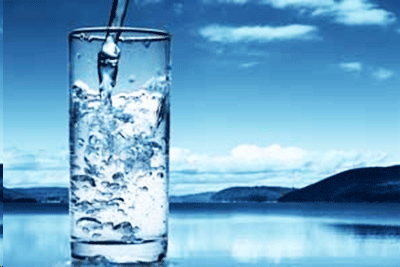|
NOVIDADES
Researchers from Ben-Gurion University of the Negev (BGU) and the University of Illinois at Urbana-Champaign (UIUC) have developed novel ultrafiltration membranes that significantly improve the virus-removal process from treated municipal wastewater used for drinking in water-scarce cities (Water Research, "Improvement of virus removal using ultrafiltration membranes modified with grafted zwitterionic polymer hydrogels"). Current membrane filtration methods require intensive energy to adequately remove pathogenic viruses without using chemicals like chlorine, which can contaminate the water with disinfection byproducts. Researchers at UIUC and BGU collaborated on the new approach for virus pathogen removal, which was published in the current issue of Water Research.  Credits: Twitter
The norovirus, which can cause nausea, vomiting and diarrhea, is the most common cause of viral gastroenteritis in humans, and is estimated to be the second leading cause of gastroenteritis-associated mortality. Human adenoviruses can cause a wide range of illnesses that include the common cold, sore throat (pharyngitis), bronchitis, pneumonia, diarrhea, pink eye (conjunctivitis), fever, bladder inflammation or infection (cystitis), inflammation of the stomach and intestines (gastroenteritis), and neurological disease. In the study, Prof. Moshe Herzberg of the Department of Desalination and Water Treatment in the Zuckerberg Institute for Water Research at BGU and his group grafted a special hydrogel coating onto a commercial ultrafiltration membrane. The "zwitterionic polymer hydrogel" repels the viruses from approaching and passing through the membrane. It contains both positive and negative charges and improves efficiency by weakening virus accumulation on the modified filter surface. The result was a significantly higher rate of removal of waterborne viruses, including human norovirus and adenovirus. "Utilizing a simple graft-polymerization of commercialized membranes to make virus removal more comprehensive is a promising development for controlling filtration of pathogens in potable water reuse," says Prof. Nguyen, Department of Chemical Engineering, UIUC. American Associates, Ben-Gurion University of the Negev. Posted: Apr 19, 2017. Assuntos Conexos: Membranas com poros nanométricos prometem revolucionar tratamento de água. |
|||||||||||||||||||||||||